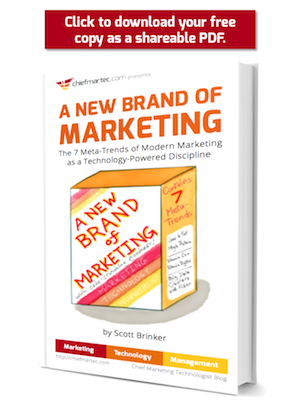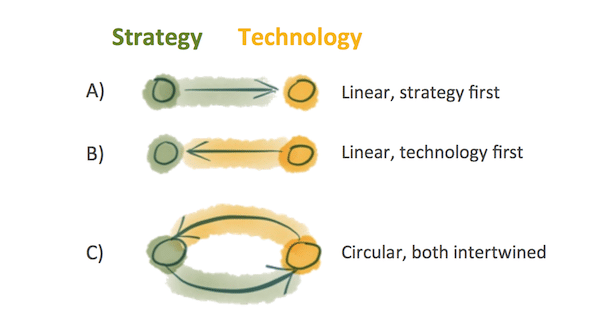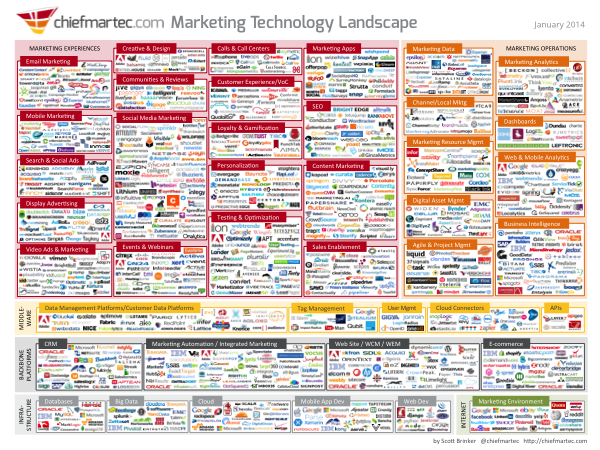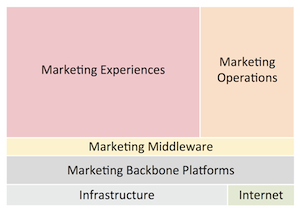I was gratified to have the opportunity to do a presentation on the Global User Experience at the Gilbane Conference, as well as moderating several sessions in the technology track. For those that missed my presentation, I’ve posted a short recap here and a further exploration of the topic.
A common theme throughout the conference sessions was digital experiences and the role of mobile, web, content management, and other technologies in providing superior experiences to customers. That’s to be expected as creating superior customer experiences is a strategic imperative for most organizations, and also the current focus of most content software solutions in the marketplace, including content management systems. What is often overlooked (and the subject of my presentation) is that the CMS doesn’t just support delivery of the customer experience—it also has to support the behind the scenes players that create the customer experience.
Providing a compelling digital user experience is a complex undertaking no matter what the nature of the business or enterprise. It requires a range of talents including authoring, curation, story telling, design, and development, testing and deployment—and the tools to effectively support those diverse skill sets.
The heart of that experience is a modern CMS; in fact, delivering compelling digital user experiences is virtually impossible without one. But selecting the right CMS is challenging—after all, there are many to choose from and it can be difficult to differentiate products—most promise to deliver superior digital user experiences.
But one thing that is often overlooked is that creating great customer experiences requires an orchestrated approach by the “other users” of the CMS: editors and developers. It also requires the integration of tools and content that may reside outside of the CMS. In other words, the quality of the customer experience is directly related to the quality of the experience that a CMS provides to content creators, developers, and integrators.
Digging a bit deeper, content creators are actually a diverse collection of roles and skill sets, not just authors and editors. What’s common across those roles is that many are not full time professional content authors, which makes the quality of the content creator experience vitally important. Content creators want to use tools that are easy and familiar with a short learning curve. Most of all, they want to be able to focus on telling stories and creating great content, not mastering complex tools.
Developers, like content creators, also value ease of use and familiarity. They want to use tools, languages, and frameworks that they are familiar with and that work well in the technology environment in which they live. Most importantly, they want and need to be involved in the process of selecting a CMS—failure to include IT will lead to increased time to operation, and a risk that the chosen solution won’t work well in the enterprise’s IT environment.
The integrator experience involves the developers, partners, and vendors that have to integrate the CMS with enterprise systems and applications (the installed base), but also with solutions from other vendors that help provide the customer experience. If integration is difficult, it will take more time or, worse yet, not be done. Poorly done integration drains energy, productivity, and innovation leading to later, less desirable results.
The solution to providing the global user experience is a well-architected CMS that provides comfortable and easy-to-use core functionality while easily integrating with enterprise and third party tools and applications. The selection of that CMS requires a concerted and cooperative effort on the part of all stakeholders that will ultimately use the content management system. Selection of a CMS is not a technology decision, it’s a strategic business decision that warrants the time, effort, and participation of all business and technology stakeholders in order to render the best decision.








